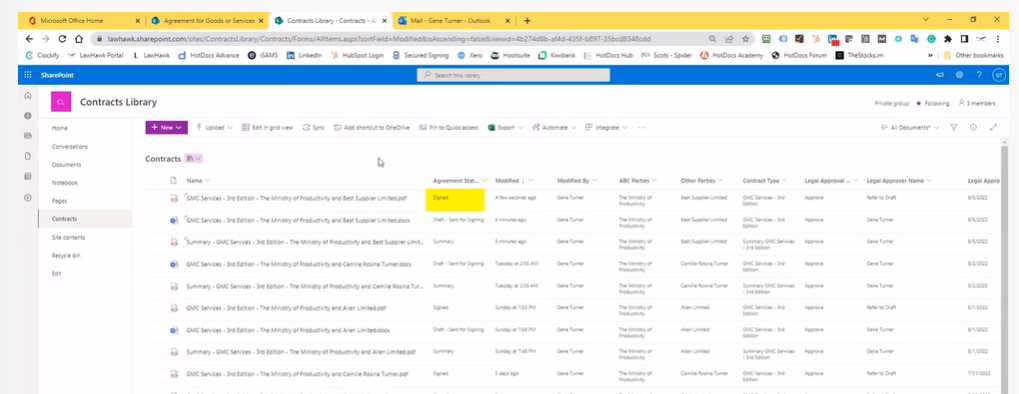
One of the primary reasons organisations seek Contract Lifecycle Management (CLM) solutions is the wealth of contract data they can provide.
This data, in turn, feeds into comprehensive dashboards and reports, offering valuable insights and analytics.
However, many contract templates are not drafted in a way that allows for the creation of structured data, hindering the full potential of CLM solutions.
If your template currently requires entering all key service details into a single text box or cross-referring to other documents such as a supplier’s proposal for descriptions of key terms, you’re missing out on a tremendous opportunity.
This post is part of a series of posts aimed at providing practical options for organisations that don’t want, can’t use, or cannot obtain a full CLM solution and are looking for guidance on what they can do with the tools they have and some reasonably priced add-ons. For more background and context, please see this introductory post.
It’s crucial to rethink your data structure for each specific contract.
Ideally, you should break down services into specific milestones and deliverables. Consider including details such as due dates, performance standards, and payment amounts for each milestone or deliverable. Incorporating this granular information will significantly enhance the usefulness of your contract data.
While focusing on structured data is essential, it’s important to remember that the purpose of a contract extends beyond its creation, dashboards, or reports. The ultimate goal is to enable parties to work together effectively and achieve their intended outcomes. By outlining contract obligations in a comprehensive manner, including obligations of both the customer and the supplier, collaboration between parties is more likely to be seamless, leading to successful outcomes.
Focus on outcomes
Investing time in structuring your contract templates to capture granular data and make them easier to deliver in practice will significantly boost the benefits of CLM solutions. It empowers you to leverage the full potential of structured information, enabling better decision-making, improved collaboration, and enhanced contract performance.
If you want better CLM outcomes and want to look at your options and get a practical assessment of which options will best suit you, get in touch. We can recommend and introduce you to full CLM solutions or help with more targeted interventions, depending on your needs.
%20(1).jpg?width=290&name=Gene%20-%20December%202020%20v2%20(1)%20(1).jpg)




